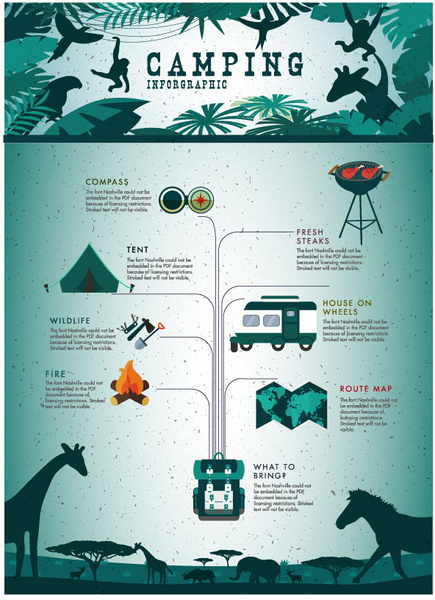Tips For Marketing Your Online Camping Tents Venture By Selling Camping Tents
Tips For Marketing Your Online Camping Tents Venture By Selling Camping Tents
Blog Article
Does Your Backpacking Camping Tent Need a Footprint?
An impact is costly and includes additional weight to your knapsack. It additionally isn't specifically durable.
What is minimum Trail weight for a tent?
Eventually, whether or not a camping tent footprint is required depends upon where and exactly how frequently you're camping. Generally, it's a great idea to use one if you camp on rough surfaces or in wet conditions.
Tents with Lower Deniers and Water-proof Rankings
Outdoors tents with reduced deniers and water-proof rankings often tend to be lighter, yet they can additionally be a lot more vulnerable. They might need more regular repair work and have less interior room than harder versions. If you're a laid-back backpacker who likes to travel rapid and light, this could be great; nevertheless, even more experienced walkers recognize that compromising toughness can include big effects down the path.
The denier and waterproof rating of an outdoor tents's cover, rainfly, and floor can help you determine its livability. Look for higher-denier textiles on the cover and rainfly, along with taped seams that help protect against water from permeating with stitches. Some manufacturers also make use of warm and sealant during construction to develop a more powerful seam; these are called welded joints.
The livability of a camping tent can likewise be determined by its flooring measurements and capability. A camping tent's floor need to be somewhat smaller than the footprint to stop water from merging under the shelter.
Tents in Rough Surface
Lots of backpacking camping tents include an impact created particularly for their model, which aids make sure an appropriate fit and protects the outdoor tents's base from wetness and sharp things. Various other producers sell global impacts that can be cut or folded up to match a tent's measurements.
The kind of terrain you'll encounter is an additional essential consideration for picking a camping tent. For instance, if you'll be camping in a canyon or gully, try to find a shelter that can handle solid winds. These conditions develop disturbance that can make the difference in between enjoying your campsite or experiencing discomfort.
The ability and peak elevation of a camping tent give you an excellent idea of its livability, but extra elements to consider consist of vestibules (the area of the rainfly covering the doors) and general storage room. For instance, during our wintertime testing of the Marmot Tungsten, its charitable 93-by-82-inch floor easily managed four sweaty backpackers and their puffier shoulder period resting bags while still leaving adequate area for gear and individuals.
Camping Tents in Damp Conditions
Even if your outdoor tents appears completely dry, wetness lurks in the nooks and crannies. Gradually, it can deteriorate the textile. That's why it's so important to capitalize on rest days to deep-clean your outdoor tents and its components, such as zipper cellular linings, stake loopholes and adjustable webbing bands.
Also, make certain to pitch your outdoor tents in a flat location, not a divot or concave spot, to ensure that ground water gifts for camper owners does not collect in between the tent flooring and impact or tarp. And if you're utilizing an impact, consider a custom-cut one made for your tent's floor plan. It will not collect rain the way a generic ground cloth or tarpaulin can.
Practice setting up and removing your tent in your home prior to you hit the trail, to obtain a feel for how rapidly and successfully you can do it. Also, method surveying your tent in various surfaces to see how simple it is (or isn't) to do in bad climate condition.
Tents in High-Rise Situations
Camping tents vary in flooring size and livability. For instance, a huge tent with double doors and vestibules like Marmot's Tungsten can take care of four backpackers without needing acrobatics to get in and out or to keep equipment.
The minimal route weight specification is the best specification to contrast models, as it includes the bare fundamentals: outdoor tents body, rainfly and poles. However remember that the specification excludes tent stakes, individual lines and stuff sacks.
Many backpacking camping tents can stand up to a light summer season storm, however some can be swept away by gale-force gusts. Try to find a version with solid poles, an increased bathtub-style flooring and joint taping to reduce the chance of water seeping with. Costlier designs also have a tendency to include more powerful products that can resist the effect of debris and various other pressures.
Where can I go glamping in the US?
